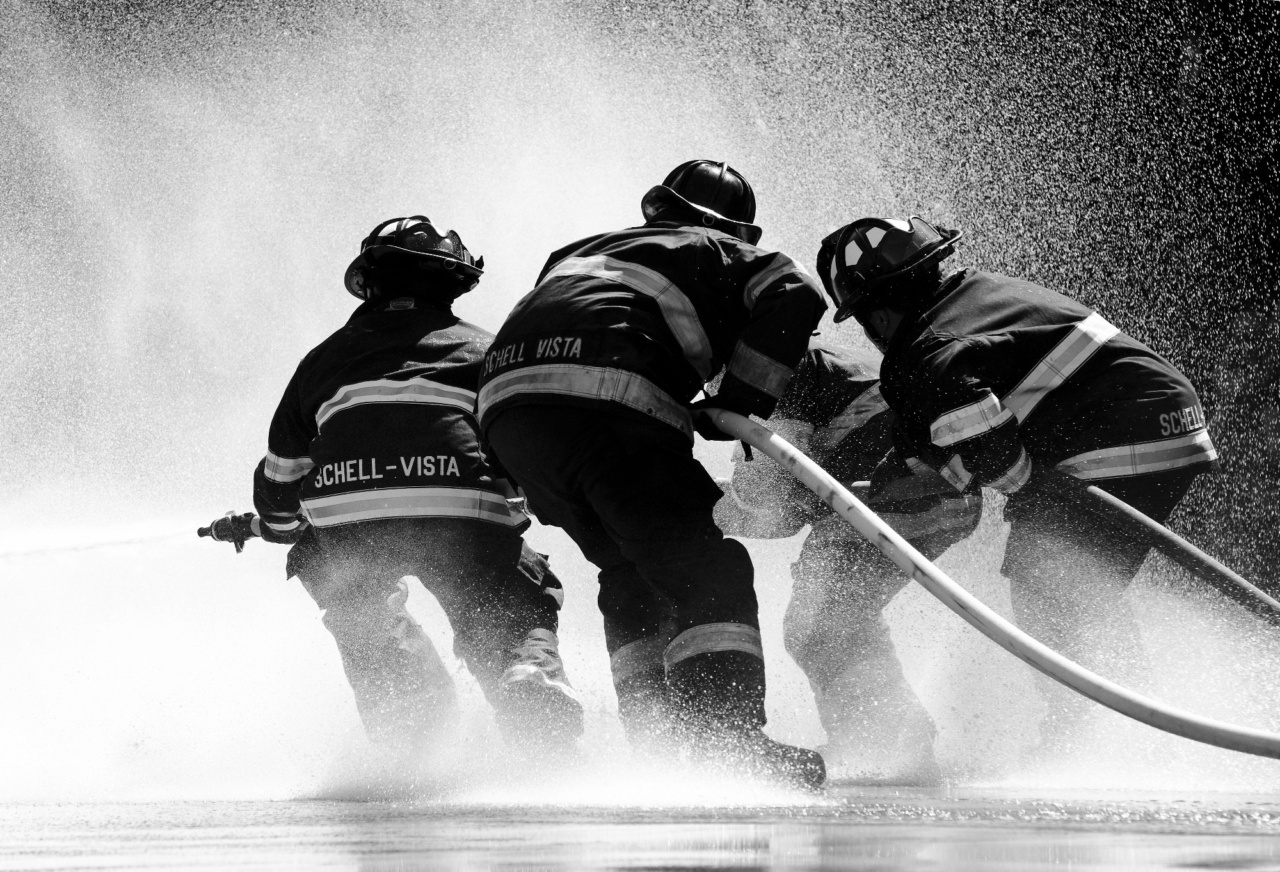Dogs have proven once again why they are man’s best friend. They play many roles in society, including companionship, sport, guarding, and entertainment.
In recent times, dogs have served a vital role in aiding humans during emergencies and helping in law enforcement. These furry heroes have been quick to respond in times of danger, placing themselves in harm’s way while they fight to protect humans, their families, and properties.
We will take an in-depth look at the different services dogs provide and how they save human lives.
Service Dogs
Service dogs underwent specialized training to help disabled persons like the blind, deaf, wheelchair users, and mobility aid.
These loyal friends possess an extensive range of skills like opening doors, turning on/off lights, collecting items, and alerting their owners to vital noises. Additionally, service dogs are highly trained for direction to ensure that owners get to their destination safely.
Service dogs are commonly seen guiding blind individuals across the roads, helping the deaf cross streets, and alerting epileptic patients when they are about to have a seizure.
Search and Rescue Dogs
Search and Rescue dogs are specialized in finding missing persons in disaster situations like natural disasters, building collapses, and avalanches. The dogs are trained in tracking grounded scents to locate missing persons.
These heroes work in close collaboration with rescue teams, and their services save lives by speeding up the rescue process in disaster situations. They are experts in searching for people trapped in the rubble, buried under snow, or lost in the wilderness. Search and rescue dogs are critical in natural calamities like earthquakes, floods, and tornadoes.
Therapy Dogs
Therapy dogs offer emotional support to patients who are receiving medical treatment in hospitals and hospices. These dogs work in close collaboration with their owners to engage with patients, interact with them, and offer comfort.
Research conducted indicates that therapy dogs help patients to alleviate stress and anxiety, reduce blood pressure and promote a sense of well-being. In most cases, therapy dogs are regarded as part of the medical team, and they are vital in providing human-like attention that patients require during treatment.
Guard Dogs
Guard dogs have proven to be an excellent deterrent to theft and crime. They are an essential asset to businesses, homes, and military institutions. These canine protectors are trained to sense danger, raise the alarm, and pursue the intruder.
Guard dogs have a sharp sense of smell and strong territorial instincts, which make them good candidates for protecting properties. Some of the popular dog breeds trained as guard dogs include Rottweilers, German Shepherds, Dobermans, and Bullmastiffs.
Military Dogs
Military dogs are partners of the armed forces, and they play a vital role in sniffing out explosives at borders, airports, and government buildings. They provide physical security and assist soldiers with their daily routines in deployments.
Military dogs undergo specialized training to work in adverse conditions like combat zones, and they must possess the necessary skills and agility to support military operations. These dogs are instrumental in saving soldiers’ lives by detecting traps and explosives while on patrol.
Police Dogs
Police dogs are highly trained animals that help law enforcement officers in maintaining public order and ensuring safety.
They possess excellent senses of smell, hearing, and sight, making them invaluable in detecting drugs, explosives, and firearms during investigations. Police dogs are trained to track scents, apprehend suspects, and protect their handler in dangerous situations. They are commonly seen with their handlers in patrol cars or assisting with warrant searches.
Fire Dogs
Firefighting dogs are used in fire departments to perform specialized tasks. These dogs are trained to detect flammable materials, gas leaks, and accelerants in the aftermath of accidents and emergencies.
They work with their handlers to facilitate search and rescue operations, and they also assist in the identification and recovery of victims. Firefighting dogs are well adapted with protective gear, and they are trained to crawl through smoky and dangerous environments.
Cadaver Dogs
Cadaver dogs are trained to detect the presence of human remains in various settings.
They are highly adept at sniffing out decaying flesh or bones, and they are instrumental in the investigation of crime scenes, missing persons, and natural disasters where there are fatalities. Cadaver dogs are trained to work in separate environments and are capable of detecting scents in the soil, water, and even underwater situations.
Medical Alert Dogs
Medical alert dogs have undergone specialized training to sense and provide alerts in the event of particular medical conditions such as diabetes and seizures.
These dogs have an excellent sense of smell and are trained to detect changes in their owners’ blood scent, which occurs during hypoglycemia or epileptic seizures. Medical alert dogs alert their owners or carers by barking, licking, or touching them to notify them of the condition. These can save lives by alerting their owner or caretaker before the situation worsens.
A Final Word
In conclusion, dogs are not only man’s best friend, but they are also heroes that save human lives. They offer a wide range of services that cater to the needs of individuals who require assistance.
Despite undergoing rigorous training and executing dangerous tasks, dogs never tire or get discouraged in helping humans. They have become essential assets in emergency response situations worldwide and have shown that their loyalty knows no bounds.





























